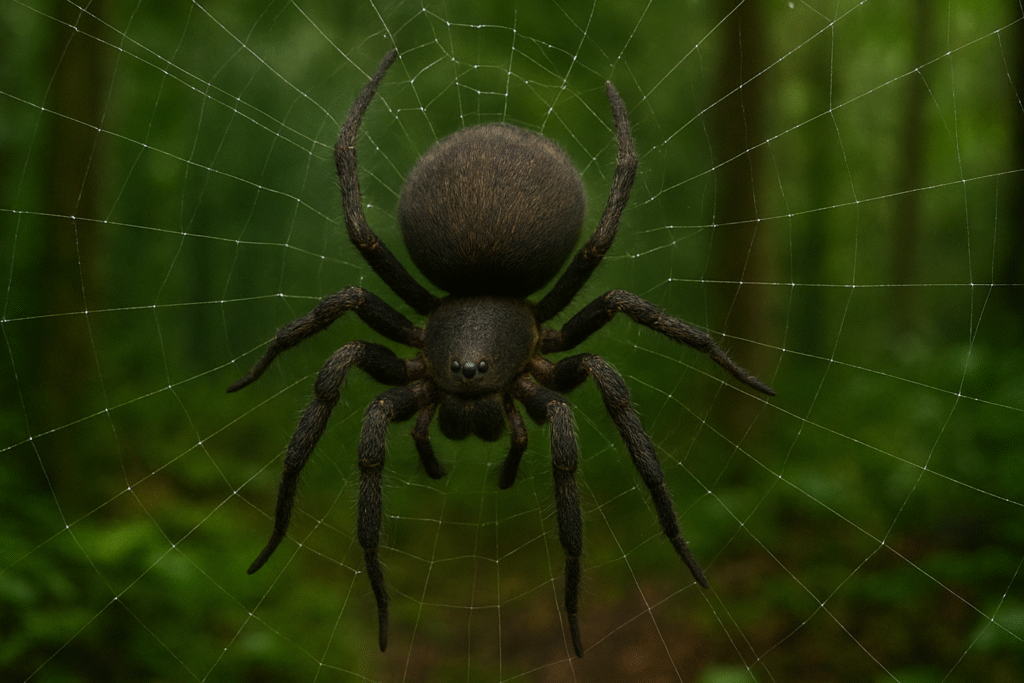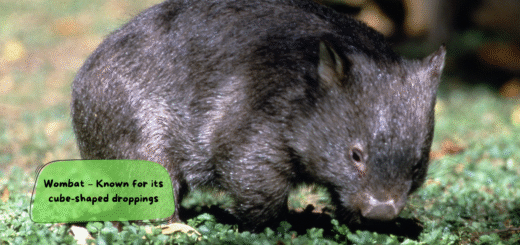Web Wonders – How Spiders Spin Silk
Nature’s Tiny Engineers
You’ve seen them in the garden, in corners of the ceiling, or glistening in morning dew—spider webs. But have you ever wondered how spiders spin silk and create such delicate, complex structures? It turns out, spiders are more than just creepy crawlies—they’re master architects and engineers, using silk to survive, hunt, and even travel.
In this article, we’ll explore the amazing science behind how spiders spin silk, the different types of webs they build, and why their silk is considered one of nature’s strongest materials.

What Is Spider Silk?
Spider silk is a protein-based fiber that spiders produce using special organs called spinnerets, located at the rear of their abdomen.
Amazingly, spider silk starts out as a liquid inside the spider’s body and hardens into a solid thread as it’s pulled through the spinnerets—like squeezing toothpaste from a tube that instantly turns into string.
Different types of silk serve different purposes:
- Sticky silk to trap prey
- Dragline silk for building frames or escape lines
- Wrapping silk to secure food or eggs
How Do Spiders Spin Their Webs?
Spinning a web isn’t just instinct—it’s precision work. Here’s a simplified step-by-step process of how orb-weaving spiders (the classic web-spinners) do it:
- Frame Setup – The spider anchors dragline silk to two points to create a sturdy framework.
- Y-Shape Creation – It forms a “Y” shape to begin the main structure.
- Radial Lines – It spins several lines outward like the spokes of a wheel.
- Temporary Spiral – A non-sticky spiral is added to help the spider move as it builds.
- Sticky Spiral – The spider replaces the temporary spiral with a sticky one to catch prey.
- Wait and Watch – The spider usually sits in the center or hides nearby, sensing vibrations through the web.
This entire process can take as little as 30 to 60 minutes!
Not All Webs Are the Same
There’s no one-size-fits-all design when it comes to spider webs. Here are a few fascinating types:
- Orb Webs: The classic spiral shape found in gardens (made by orb-weaver spiders)
- Cobwebs: Messy, tangled webs often seen in homes (made by house spiders)
- Funnel Webs: Tunnel-shaped with a hidden retreat (built by funnel-web spiders)
- Sheet Webs: Flat webs laid across grass or plants
- Net Webs: Some spiders throw a web net onto prey like a lasso!
Each species builds a web that fits its hunting strategy and environment—true adaptive design.
How Strong Is Spider Silk?
You might be surprised to learn that spider silk is stronger than steel by weight.
It’s also:
- Lighter than cotton
- More elastic than rubber
- Biodegradable and waterproof
Scientists are studying spider silk to develop medical sutures, lightweight armor, artificial ligaments, and even materials for space travel.
Fun Fact
Some spiders, like the Darwin’s bark spider, can spin silk that’s 10 times tougher than Kevlar, the material used in bulletproof vests!
Why Spiders Don’t Get Stuck in Their Own Webs
Here’s the secret:
- They avoid stepping on the sticky silk
- Their legs have special oils and fine hairs that help them walk on webs without getting trapped
It’s a combination of anatomy and careful movement that keeps them safe in their own trap!
Conclusion: Silk That Inspires Science
From catching prey to gliding through the air, spider silk is one of nature’s most versatile tools. Spiders use it not just for survival, but to create, explore, and protect. Their silent, silky craftsmanship inspires scientists, engineers, and nature lovers alike.
So next time you see a spider web shimmering in the sunlight, take a moment to appreciate it—not just as a web, but as an engineering marvel spun by a master builder.








